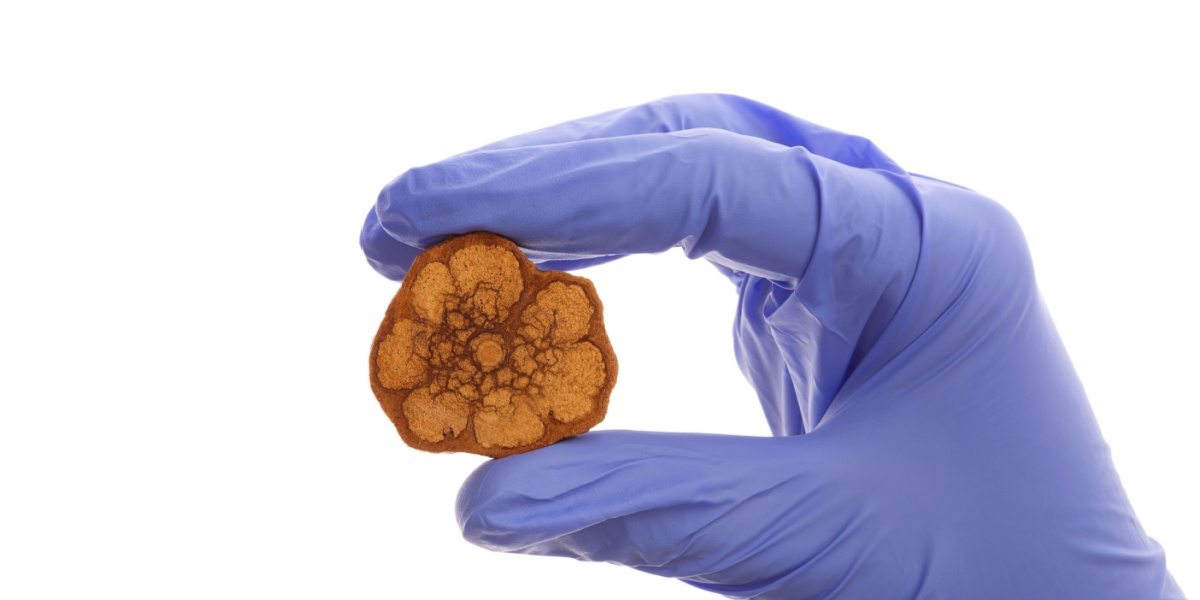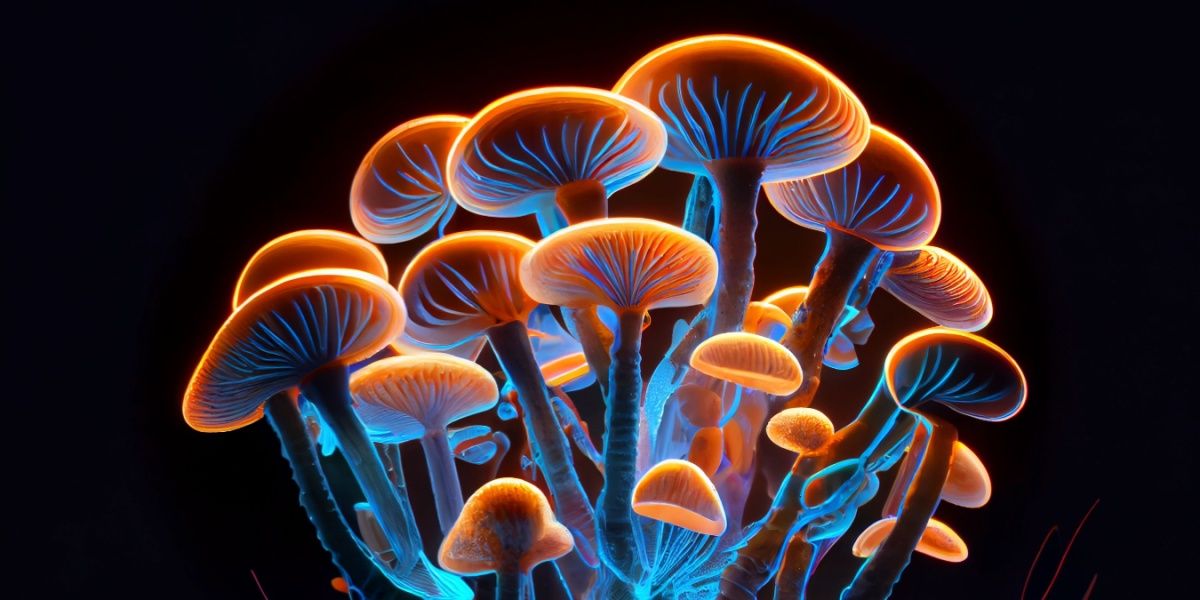DMT (N,N-Dimethyltryptamine) is a hallucinogenic drug that causes an intense psychedelic effect. It occurs naturally in various plants and can be made synthetically in a laboratory. It has been used in the Amazon and other parts of South America as a traditional medicine for many centuries and is more recently being used in clinical trials to understand its therapeutic benefits.
- DMT can be extracted from plants like Mimosa hostilis using processes such as acid-base extraction or synthesized in a lab using chemical reactions.
- The extraction and synthesis of DMT require precise techniques and involve hazardous chemicals, posing risks of harm if not handled properly.
- DMT production is illegal under Schedule I drug laws, but it can be used in authorized research and certain religious practices.

How is DMT made?
DMT is present in various plants and animals and even occurs naturally in humans. Most commonly, DMT is made by extracting the substance from the root bark of the plant Mimosa hostilis found in South America. The root bark is stripped from the plant, dried, and cut into a powder, which then goes through a series of processes to isolate and extract the DMT. [1]
Methods to extract DMT include acid-base extraction, steam distillation, and solvent extraction. One such process is known as ‘straight to base extraction’. These methods involve intricate and precise techniques. [1][2]
Sources of DMT
DMT is most often extracted from the root of the plant Mimosa hostilis and the leaves of the plant Psychotria viridis. It is, however, found in a variety of plants and animals. Plant species containing DMT in their leaves, seeds, or bark include: [3]
- Acacia
- Delosperma
- Desmodium
- Mimosa
- Phalaris
- Psychotria
- Virola
Lab-made DMT
DMT can also be synthesized in a laboratory from various materials aside from the plants and animals in which it naturally occurs.
Two methods are most commonly used. One of which involves the compounds and chemicals indole, oxalyl chloride, dimethylamine, and lithium aluminum hydride. The other involves demethylating tryptamine, followed by utilizing sodium cyanoborohydride or sodium triacetoxyborohydride. [1][4]
How is 5-MeO-DMT made?
5-MeO-DMT (5-methoxy-N,N-dimethyltryptamine) occurs naturally in several sources and can be extracted using similar methods to DMT. Like DMT, it is also synthetically made in laboratories. [5]
5-MeO-DMT is structurally similar to DMT and also creates psychedelic effects, although they are slightly different. 5-MeO-DMT is found naturally in the glands of the Colorado River toad (Bufo Alvarius) and several plants including seeds known as ‘Yopo’. It has also been used in traditional rituals and ceremonies for centuries. [6]
DMT and ayahuasca tea
DMT is also found in ayahuasca tea, a hallucinogenic drink that indigenous Amazonian people have traditionally used for centuries. Ayahuasca is made by combining the Banisteriopsis caapi vine and Psychotria viridis leaves and brewing this mixture into a tea. [7]
Ayahuasca contains DMT and a monoamine oxidase inhibitor (MAOI), which alters the way DMT is metabolized by the body, prolonging its effects. This combination has strong serotonergic effects, which can significantly impact mood, contributing to its healing and medicinal uses. [7][8]
How is DMT used?
DMT is often smoked in a pipe or vape pen, although it can also be used intravenously, snorted, or drunk, depending on the way it is prepared. The effects of DMT are often short-lived, although they can vary depending on the administration method, such as: [3]
- When smoked, the effects of DMT are very intense and emerge almost instantly, lasting up to 30 minutes.
- The effects of intravenous DMT peak at around five minutes and last around 30 minutes.
- When ingested in an ayahuasca brew, effects are felt within 60 minutes, peak at 90 minutes, and last for up to four hours.
DMT is often used as a recreational drug or within religious, ceremonial, or healing practices. It has long been associated with spiritual and life-changing experiences caused by its psychedelic and hallucinogenic effects, particularly when consumed as ayahuasca. [9]
DMT can alter perceptions, thinking, and senses, which can contribute both to pleasant and frightening experiences.
Dangers of producing DMT
Making DMT can be very dangerous for several reasons. Various methods to extract or synthesize DMT involve using potentially harmful chemicals, very high temperatures, and specific techniques. If these methods are undertaken without care, people may be at risk of harming themselves.
Additionally, if techniques are not followed precisely, the substance that is extracted may differ from the intended substance. For example, it may include other chemicals not safe for consumption or an unexpected potency of DMT. [1]
It may not be possible to test the potency of homemade DMT or 5-MeO-DMT so the dosage cannot be accurately measured. This might increase the risk of unpleasant experiences or ‘bad trips’, which can make people more at risk of accidental harm, vulnerability, anxiety, or paranoia. [3]
DMT production for therapeutic use
Although DMT is not legal, it has been used in a small number of studies to investigate its therapeutic potential. In these studies, DMT is administered to subjects via a vape pen, intravenously, or drank in ayahuasca tea. [12][13][14]
Often, the DMT used in these studies is synthesized by scientists linked to the study, although some ascertain preparations from communities who use the drug traditionally. [13][14]
These studies provide some evidence for the therapeutic benefits of DMT in treating mental health conditions and highlight the need for more extensive and comprehensive studies.
Related: The potential development of safer psychedelic drugs for mental health treatment


-guide-detail.jpg?v=1756808816)

-guide-detail.jpg?v=1722502767)